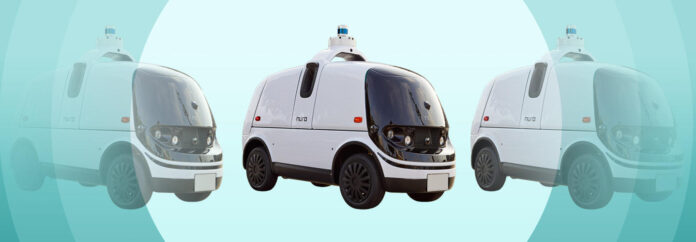Author: Selika Josiah Talbott
Date: July 20th, 2020
Publisher: Forbes
Link: https://www.forbes.com/sites/selikajosiahtalbott/2020/07/20/economically-political-solutions-for-transportation-equality-involving-autonomous-vehicles/?sh=7360e2ce37c4
There are economic and racial inequities in transportation today. There are those who do not have an opportunity to drive to grocery stores or supermarkets where healthy and better food options are available. There are people with chronic diseases who do not have the access to regular health maintenance and therefore are only seen by a healthcare professional when they are in urgent need of treatment. There are many instances in our communities, whether urban or rural, that a lack of transportation means a lack of standard health care, and a lack of healthy food options as well as an inability to access better jobs.
But, there are solutions available as we are on the cusp of widespread autonomous vehicle use that could enable the rural and urban residents to access better healthcare, food, jobs and a brighter future. These opportunities could be available to all with the use of autonomous vehicles in a widespread manner if various levels of government choose to be early adopters of autonomous vehicles in conjunction with social services that are already provided to many residents across the country.
As a society, we have chosen to supplement households that are less fortunate by paying for primary health care services as well as supplemental food provisions, housing and a host of other social services programs. Even then, many have trouble accessing the best options for them and their families due to transportation challenges where either the infrastructure is not there or they are not able to access it.
Autonomous vehicles have the potential to better assist people who are in these circumstances by virtue of where they live, without adequate access to healthy food options, either in rural or urban environments. Autonomous vehicles could change the lack of options by removing the transportation inequities from which they suffer and either bringing them to the services or bringing the services to them.
Many people who are advised to seek routine healthcare treatment or checkups with their healthcare provider often forgo those visits because of a lack of transportation. Autonomous vehicles could bring that transportation at their doorstep, by shuttling them to and from the prescribed medical treatment and care. Many states and cities already spend money assisting those who cannot drive themselves today with medical and transportation services, often with a driver and sometimes an attendant on that shuttle transportation – incurring costs when differently abled persons may not need someone to transport them but are just unable to drive themselves. Autonomous vehicles could allow the deployment of drivers where needed while having autonomous vehicles accessible to those who do not need physical assistance.
Doctors and other healthcare providers as part of their Medicaid/Medicare services could offer free autonomous vehicle pick up and drop off for patients. (It is cheaper to maintain good health as a society then to pay for critical care services). Instead of getting welfare ‘food stamps’ the possibility of autonomous vehicle front door delivery for those living in food deserts could provide better and healthier food options which is critical for living a longer healthier life.
There are many identifiable opportunities for governments to see savings while still providing necessary support and social services to those most at risk in our communities. My suggestion is not that the government take on additional financial burdens, just that they better allocate resources to address their current obligations. It only requires the political will to have an economic view of the benefits of autonomous vehicles in our futures.
This article, though it addresses autonomous vehicles similar in nature to that of our beloved campus Grubhub robots, identifies some of the other problems that autonomous vehicle technology could potentially solve. This is very different than Honda’s goal with this project, but I think it’s still important to note as the switch to autonomous vehicles begins and Honda will have to address competition. I think there is plenty to note here regarding access and equity, and some of the common problems those without vehicles are struggling with and how that could potentially change following the implementation of vehicle autonomy. Though on this project, we will be designing a product for those able to purchase a vehicle, we may want to design with users such as these in the back of our minds, assuming that Honda vehicles wind up being utilized in a context such as this, like healthcare related ridesharing, for example.
Talbott, S. J. (2020, July 20). Economically political solutions for transportation equality involving autonomous vehicles. Forbes. Retrieved September 26, 2021, from https://www.forbes.com/sites/selikajosiahtalbott/2020/07/20/economically-political-solutions-for-transportation-equality-involving-autonomous-vehicles/?sh=7360e2ce37c4.




